Trawling is a destructive fishing profession, one of the main causes of depletion of aquatic resources. Therefore, in recent years, the province has not granted licenses to build new trawlers. Faced with the shortcomings of trawling, many fishermen have proactively switched to other fishing professions such as gillnets, hooks, etc. to both improve exploitation efficiency and contribute to protecting coastal marine resources.
 |
| Fishermen's trawlers anchored at Tinh Ky fishing port (Quang Ngai city). |
Pho Thanh Ward (Duc Pho Town) and An Phu Commune (Quang Ngai City) are two localities with many trawling boats. In recent times, the authorities of these two localities have made efforts to promote and support fishermen to change their jobs. After decades of working as a pair of trawlers, in 2019, fisherman Tran Nuoi, in An Phu Commune, decided to convert two trawlers to fishing and gillnets, with a total capacity of more than 1,200CV. Mr. Nuoi shared that although trawling catches a lot of fish, the actual value is not high, due to the presence of many miscellaneous fish. Meanwhile, the cost of trawling boats is very high, requiring a lot of labor (18-20 workers). Meanwhile, fishing or gillnet boats only require 4-5 workers, so there is no need to worry about a shortage of crew members and the cost is also lower. I think it is appropriate to convert trawling to another profession.
In recent years, the province has implemented many measures to manage trawler activities such as banning fishing during the fish growing season; banning the construction of new trawlers; and not renewing licenses for this profession. All existing trawlers that do not change their fishing business will be scrapped when their operating period expires. Thanks to that, the province has reduced the number of trawlers from nearly 2,000 (in 2014) to 1,285 (by the end of 2024).
The province currently has nearly 5,200 fishing vessels. In the industry structure, trawling has 1,285 vessels, accounting for nearly 25% of the total number of fishing vessels in the province; purse seine has 630 vessels (12.13%); gillnet has 1,374 vessels (26.45%), line fishing has 1,307 vessels (25.16%), casting has 36 vessels (0.69%), logistics has 187 vessels (3.61%) and other occupations have 375 vessels (7.22%). This shows that, although there has been a decrease, the number of trawling vessels still accounts for a high proportion in the industry structure. Therefore, in the coming time, functional forces and local authorities need to strengthen propaganda and support for fishermen so that by 2030, the number of trawling vessels will be reduced to 15% according to the set policy.
According to the provincial Department of Fisheries and Seas, from the end of 2024 until now, the department, together with localities and border guards, has had a peak period of handling "3 no" fishing vessels (unregistered, uninspected and unlicensed), combined with propaganda for hundreds of fishing vessel owners to switch from trawling to other environmentally friendly occupations. At the same time, the number of fishing vessels operating in coastal and offshore areas, especially destructive and prohibited occupations, has been reduced to reduce overexploitation and protect mother and baby fish during the spawning season.
To protect aquatic resources, the central government and the province have issued documents prohibiting exploitation in certain industries and sea areas for a certain period of time. Deputy Head of the Department of Fisheries - Sea and Islands of the province, Ta Ngoc Thi, said that for many years, the province has persistently implemented job conversion among fishermen, gradually reducing the number of fishing vessels operating inshore and seafood exploitation occupations that greatly affect aquatic resources and ecosystems, and switching to other seafood exploitation occupations that have less impact and are more environmentally friendly. In addition to encouraging fishermen to convert their boats and change their occupations, the department has also strengthened propaganda and management of fishing vessel operations and fishing areas, and mesh sizes to protect the space and living environment for seafood growth.
Article and photos: HONG HOA
Source: https://baoquangngai.vn/kinh-te/bien-kinh-te-bien/202503/vi-nghe-ca-than-thien-voi-moi-truong-a271bca/


![[Photo] Prime Minister Pham Minh Chinh chairs the first meeting of the Steering Committee on Regional and International Financial Centers](https://vstatic.vietnam.vn/vietnam/resource/IMAGE/2025/4/3/47dc687989d4479d95a1dce4466edd32)
![[Photo] Capital's youth enthusiastically practice firefighting and water rescue skills](https://vstatic.vietnam.vn/vietnam/resource/IMAGE/2025/4/3/3f8481675271488abc7b9422a9357ada)
![[Photo] A brief moment of rest for the rescue force of the Vietnam People's Army](https://vstatic.vietnam.vn/vietnam/resource/IMAGE/2025/4/3/a2c91fa05dc04293a4b64cfd27ed4dbe)
![[Photo] General Secretary To Lam receives Japanese Ambassador to Vietnam Ito Naoki](https://vstatic.vietnam.vn/vietnam/resource/IMAGE/2025/4/3/3a5d233bc09d4928ac9bfed97674be98)
![[Photo] Ho Chi Minh City speeds up sidewalk repair work before April 30 holiday](https://vstatic.vietnam.vn/vietnam/resource/IMAGE/2025/4/3/17f78833a36f4ba5a9bae215703da710)
![[Photo] Prime Minister Pham Minh Chinh chairs meeting after US announces reciprocal tariffs](https://vstatic.vietnam.vn/vietnam/resource/IMAGE/2025/4/3/ee90a2786c0a45d7868de039cef4a712)
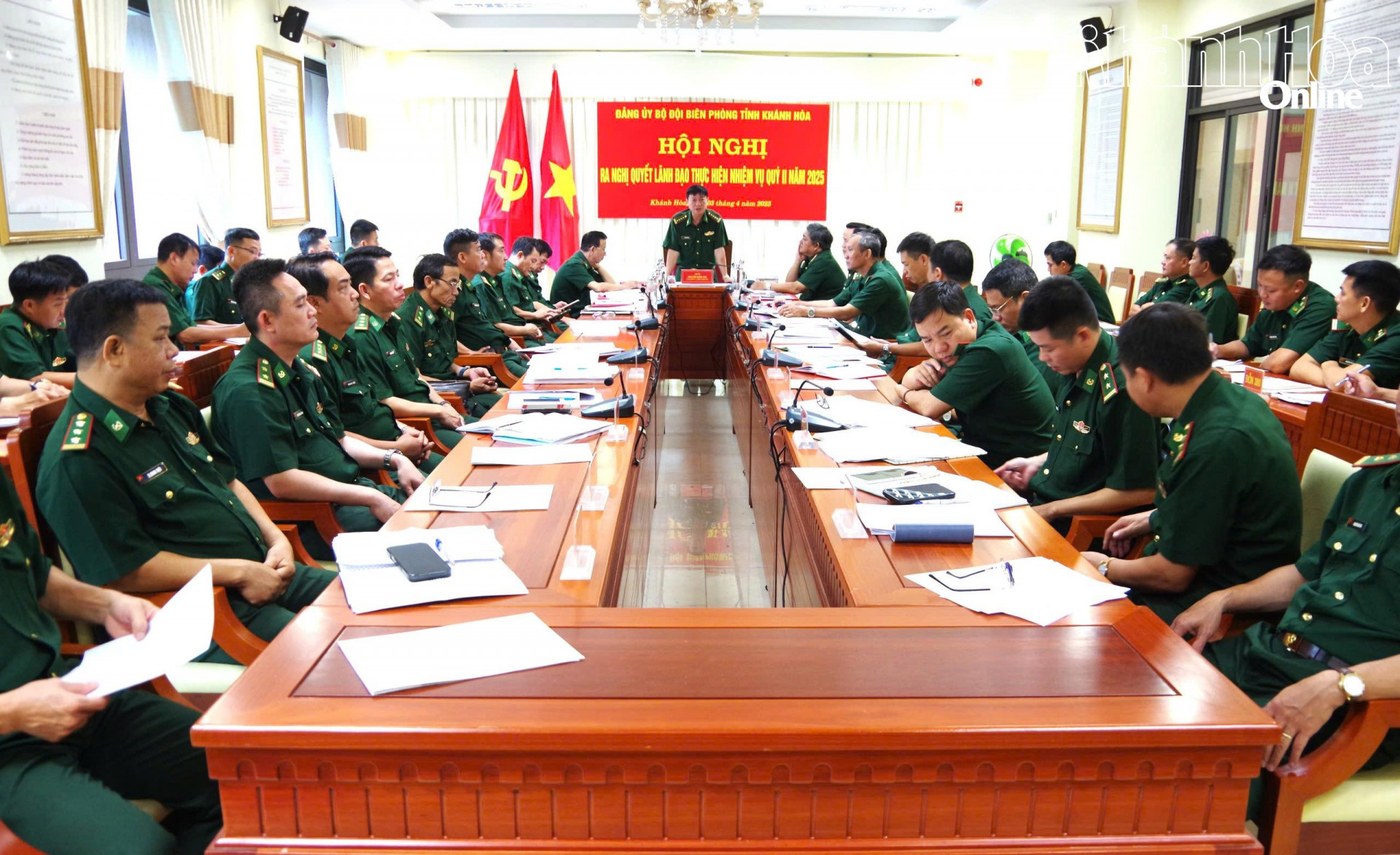


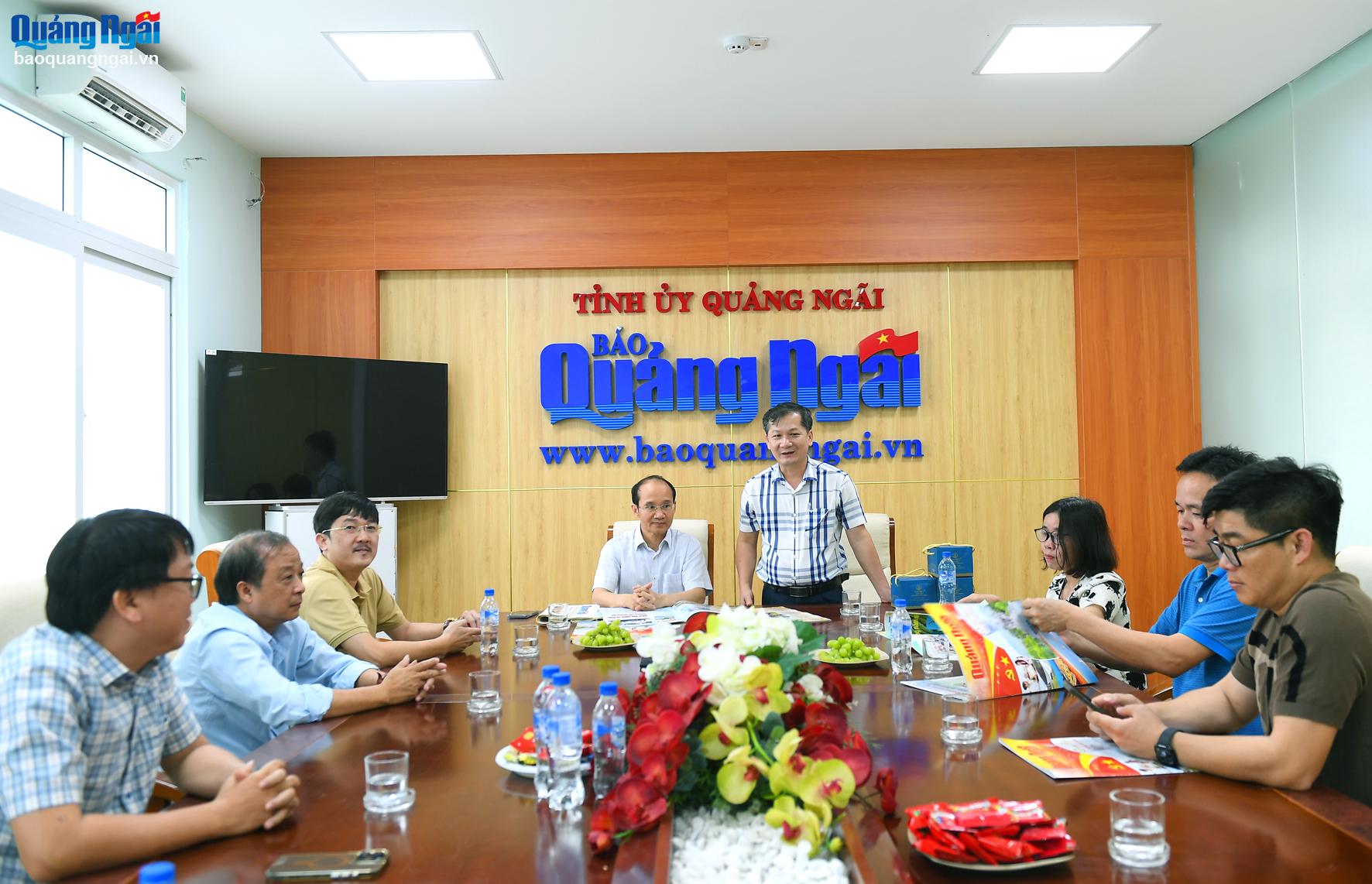


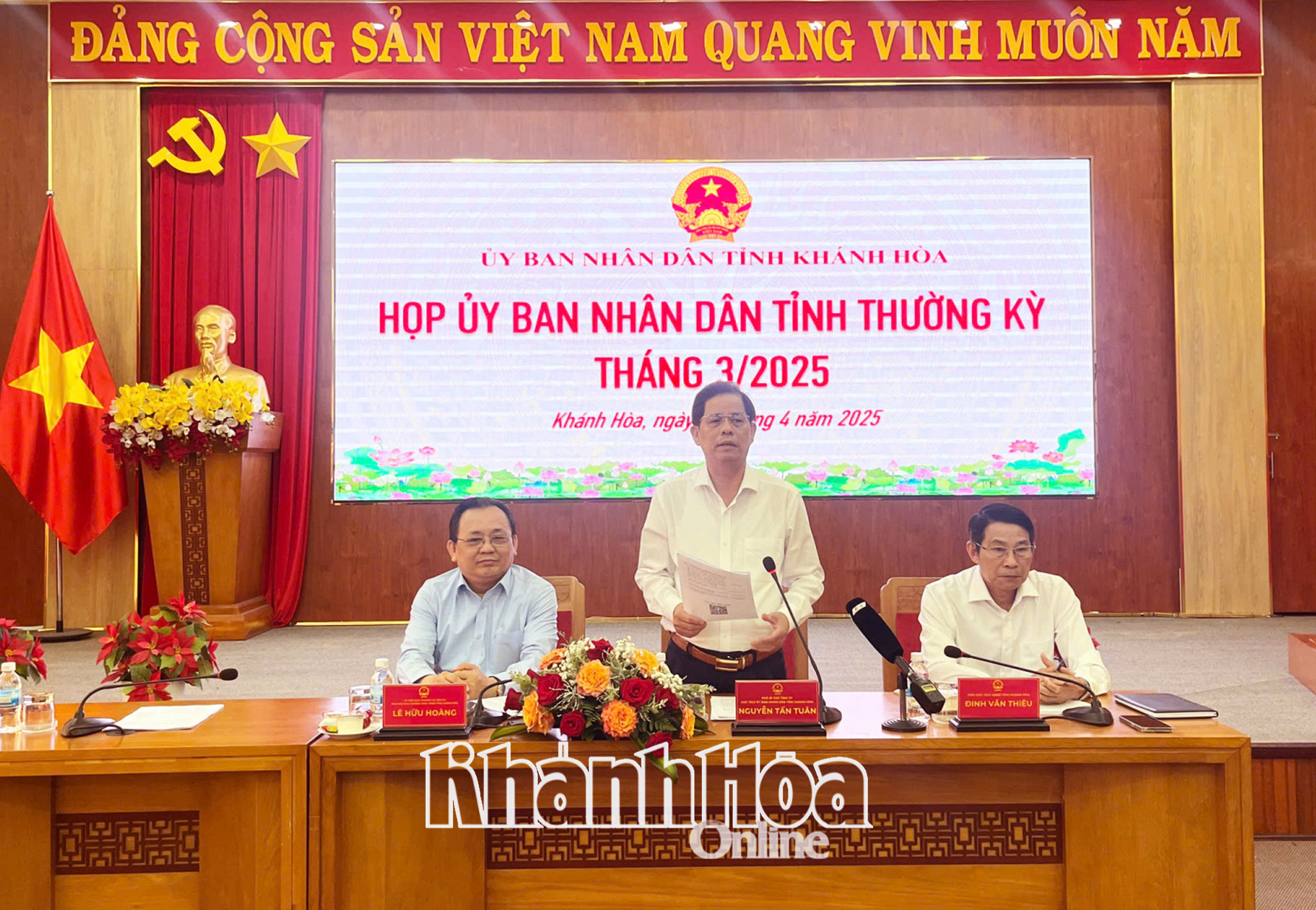



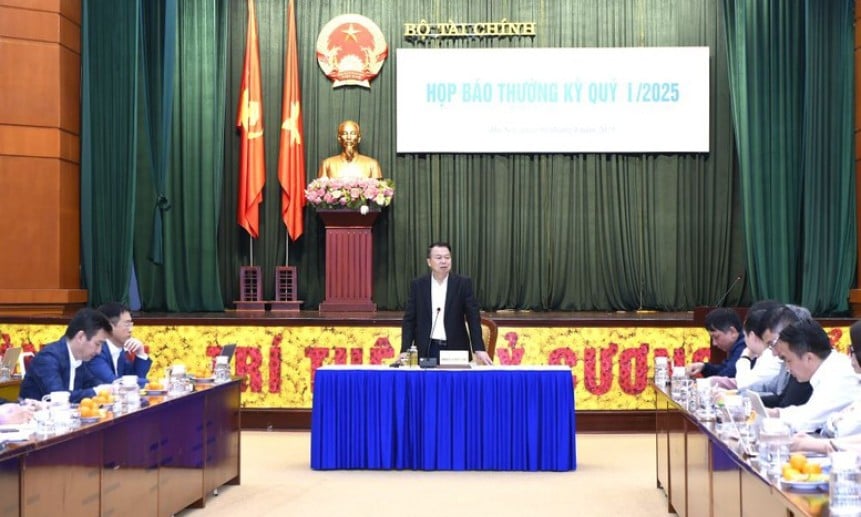






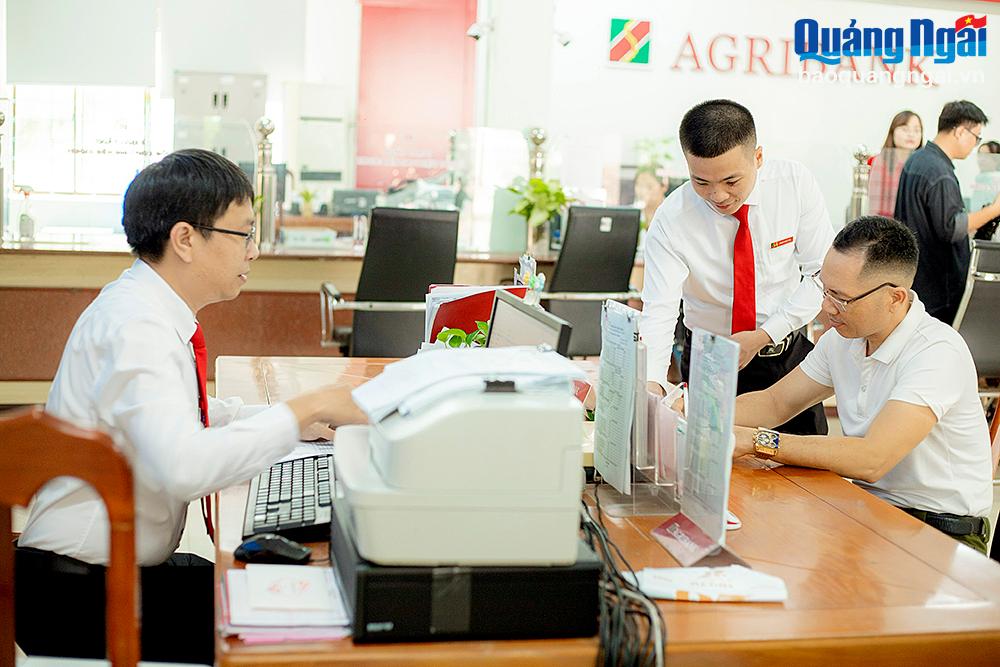


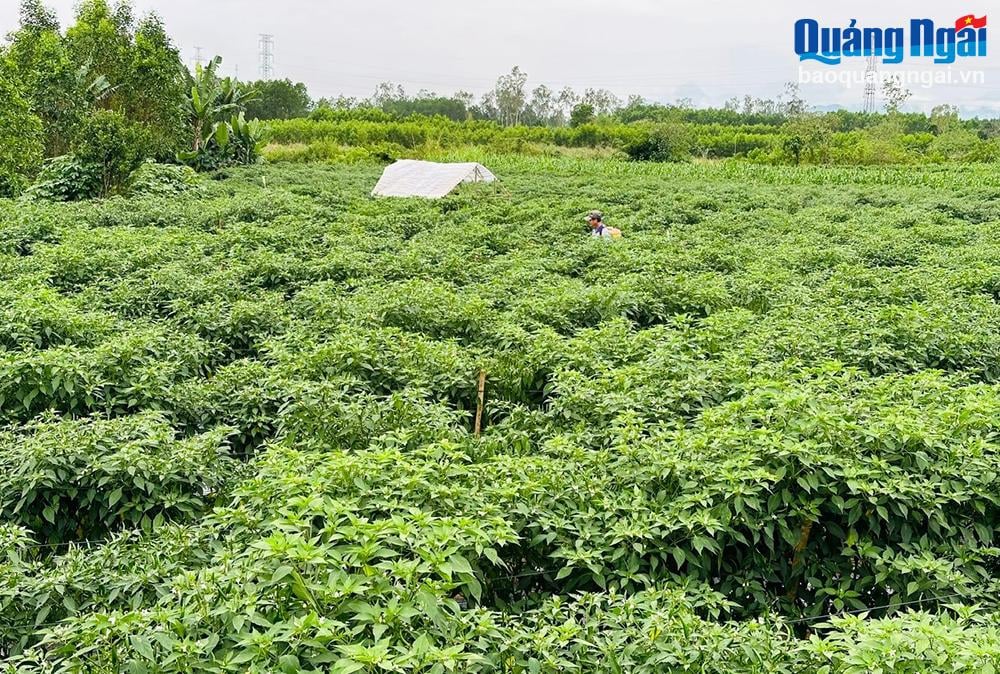
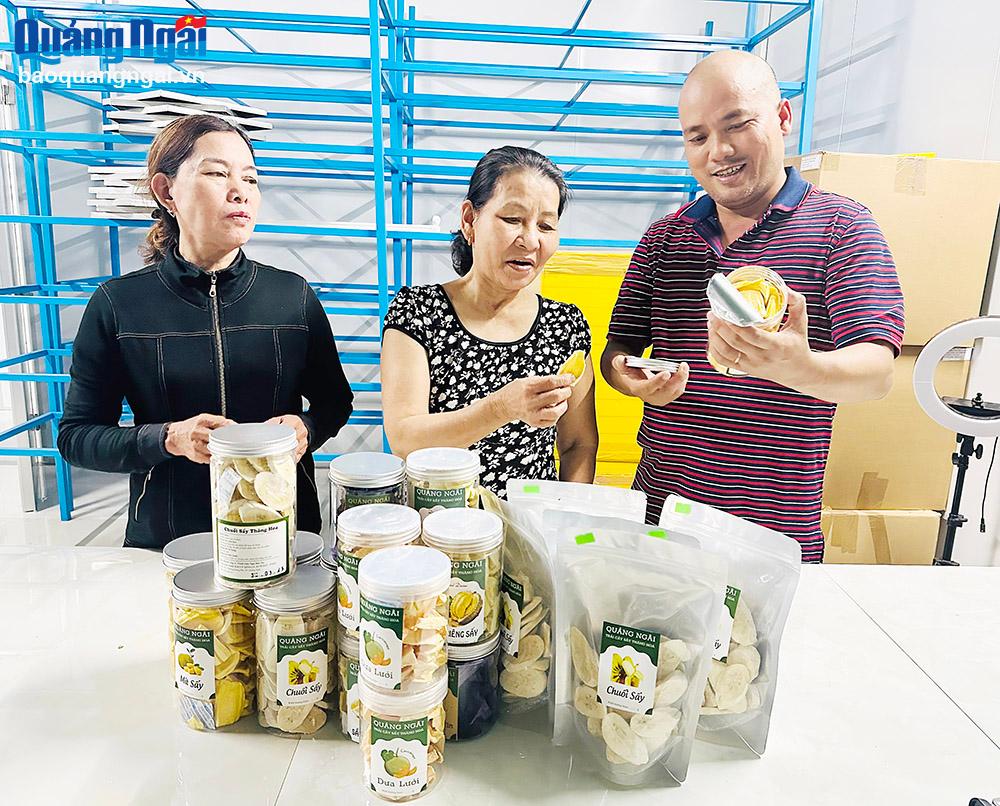
































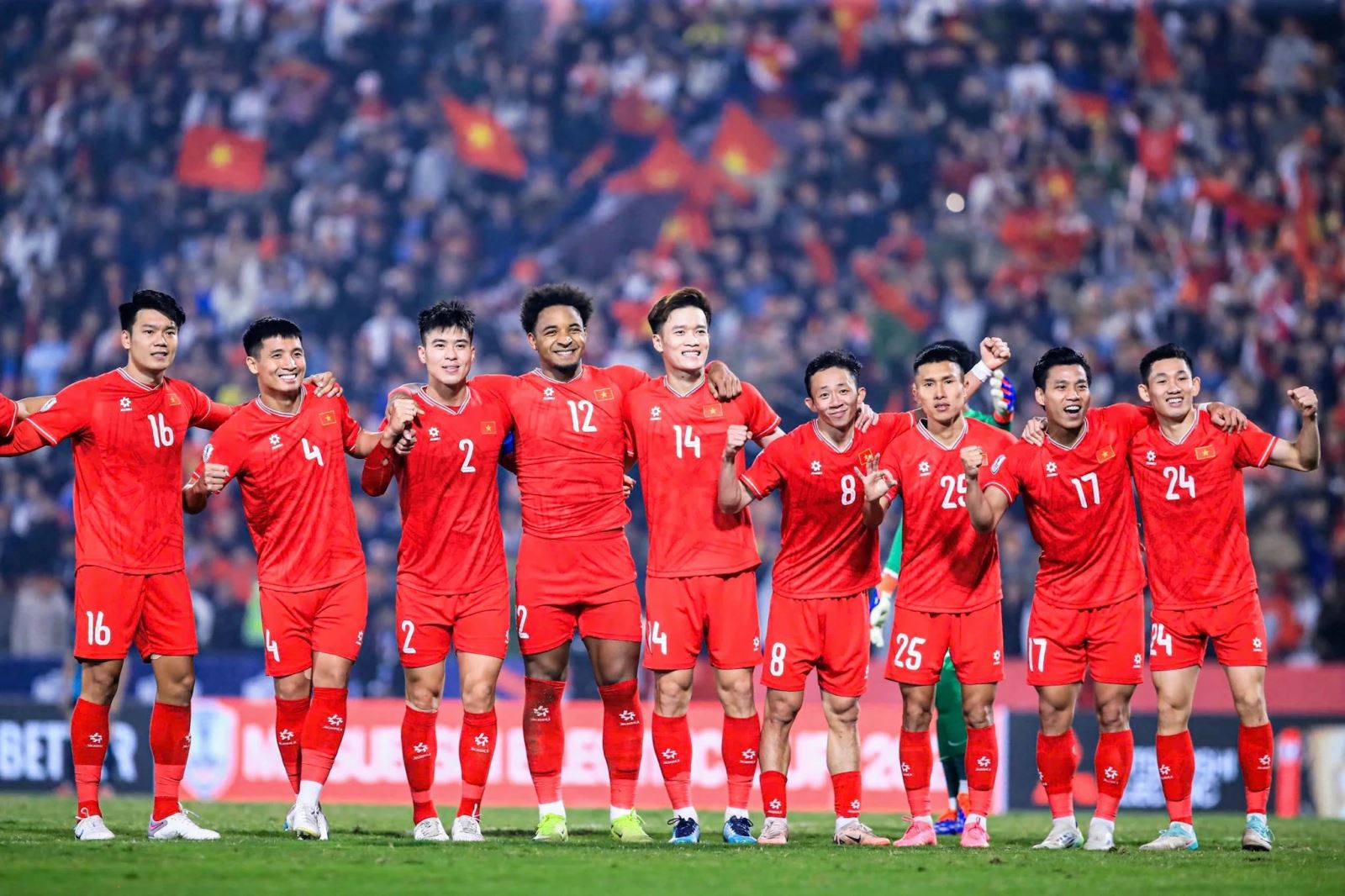


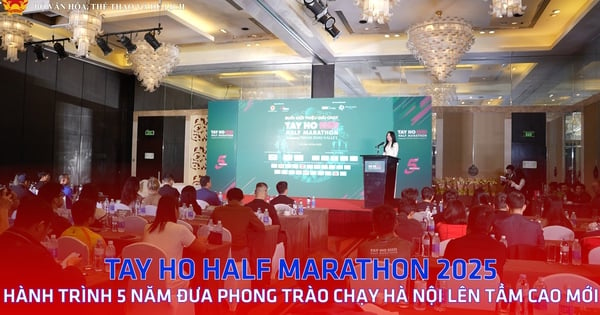

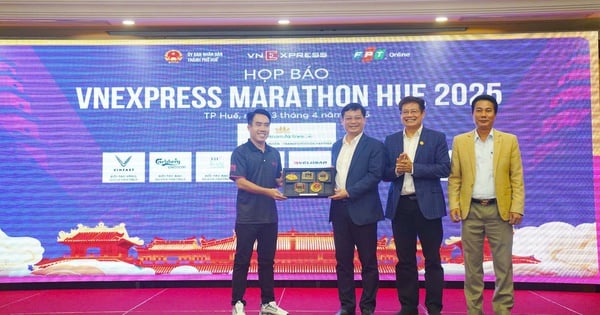
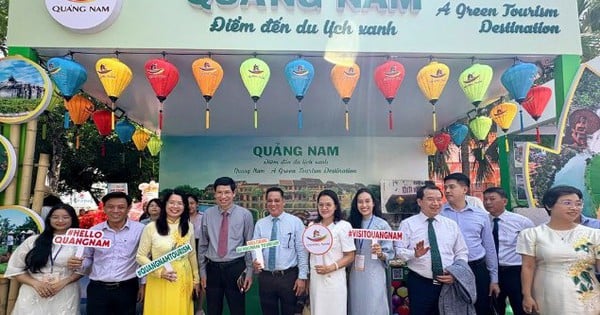
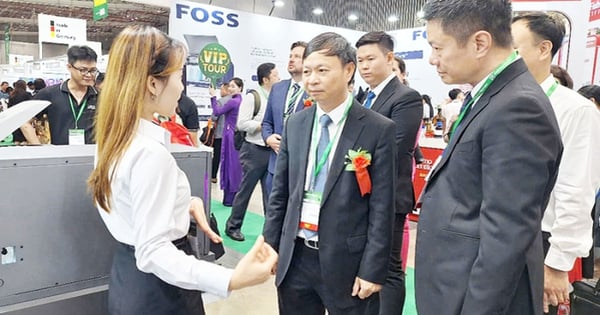

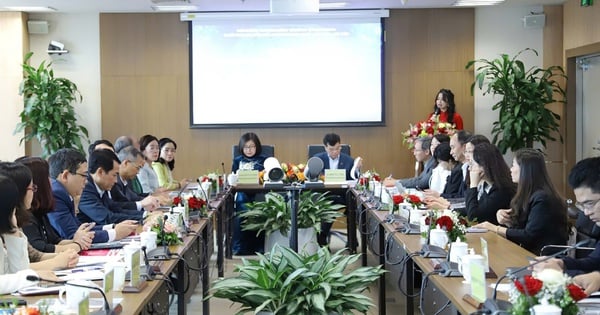
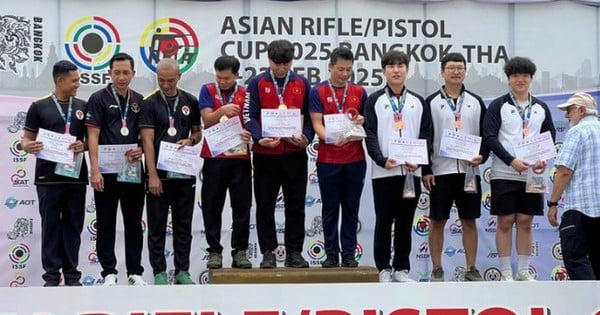


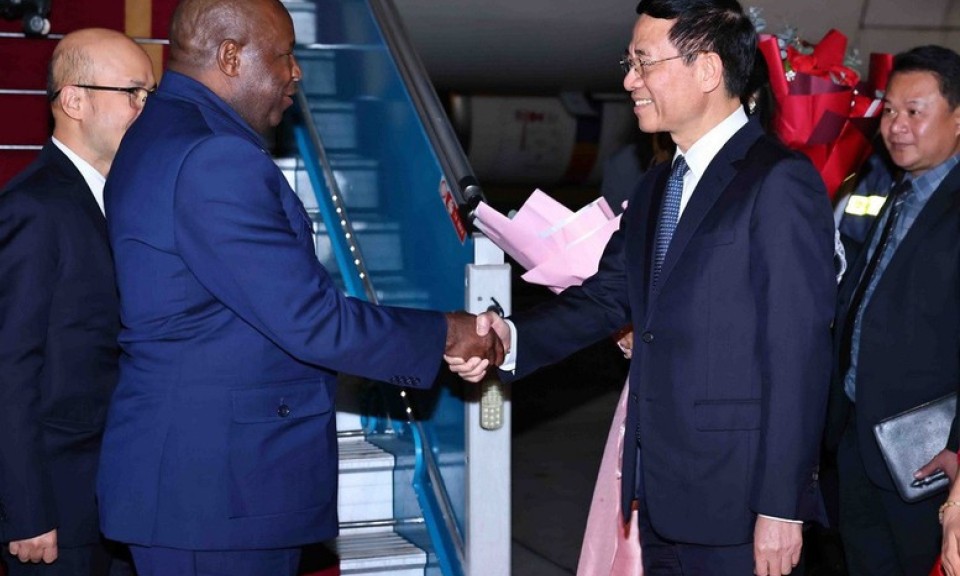















Comment (0)